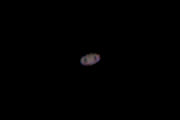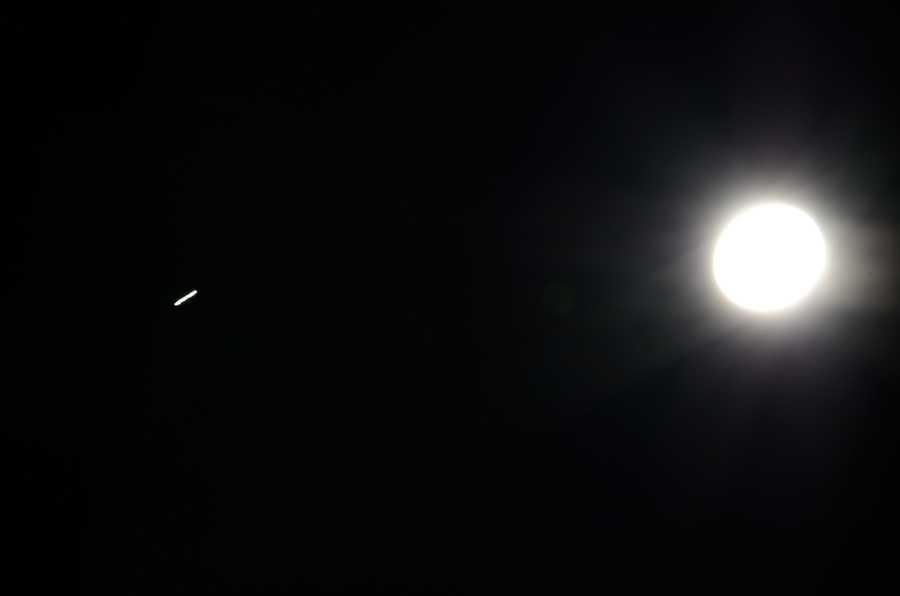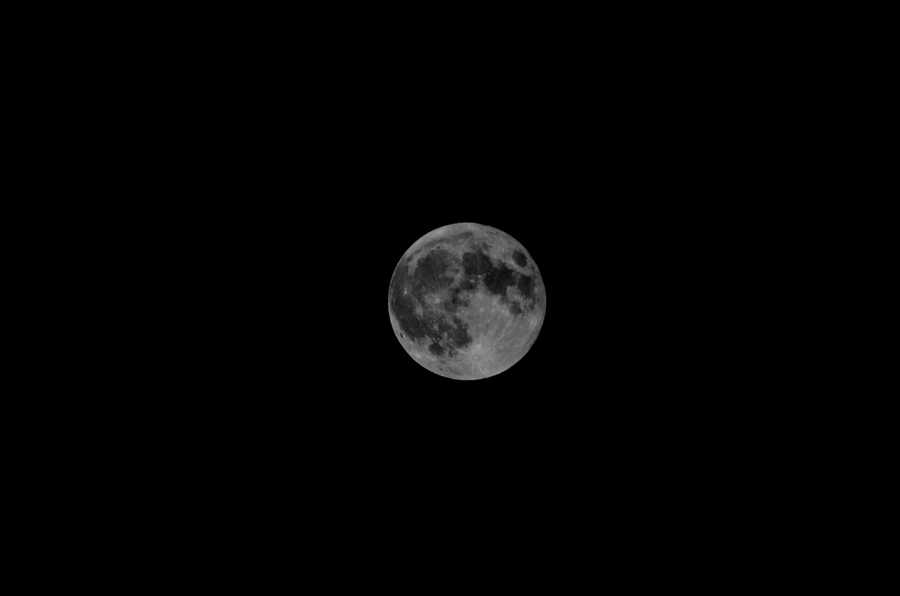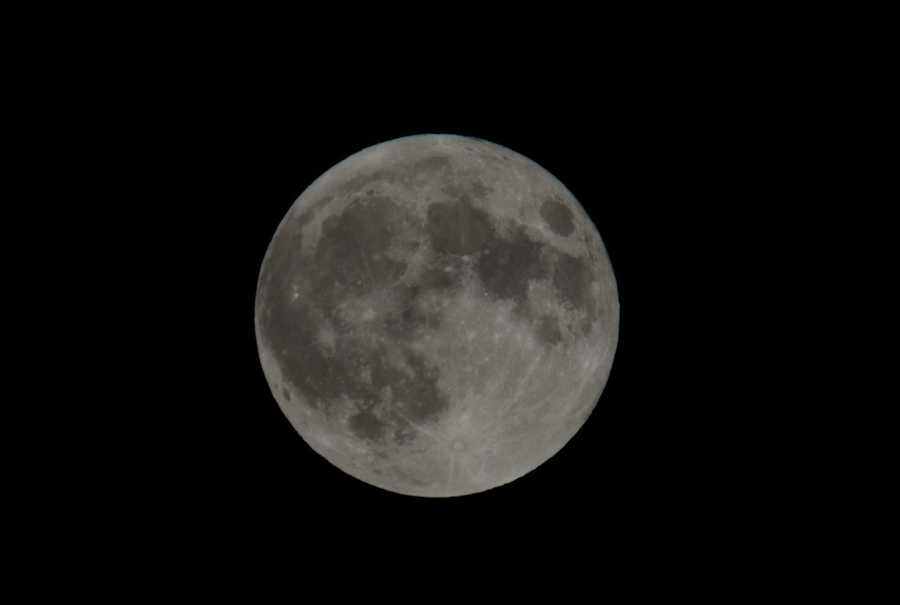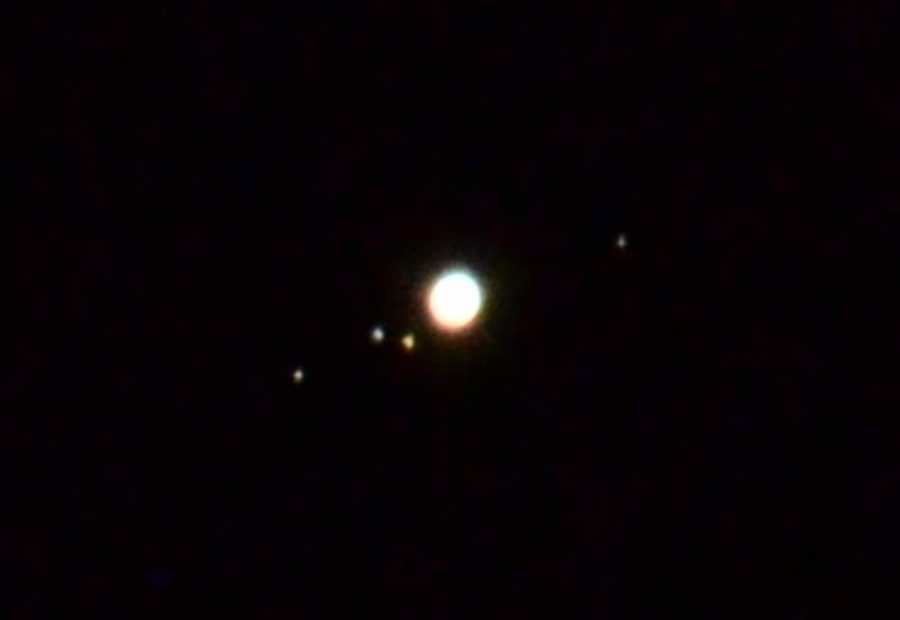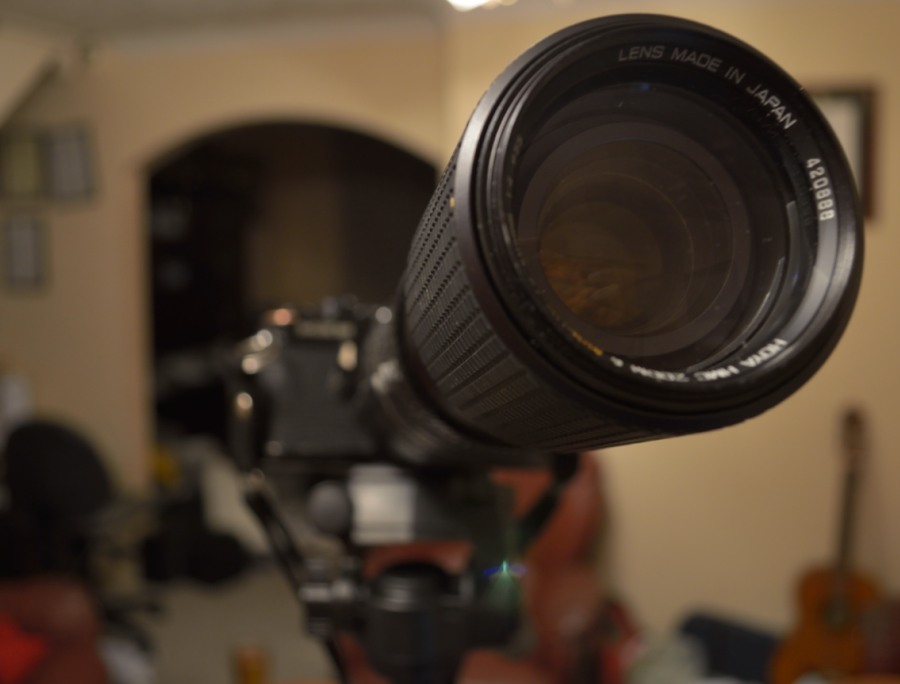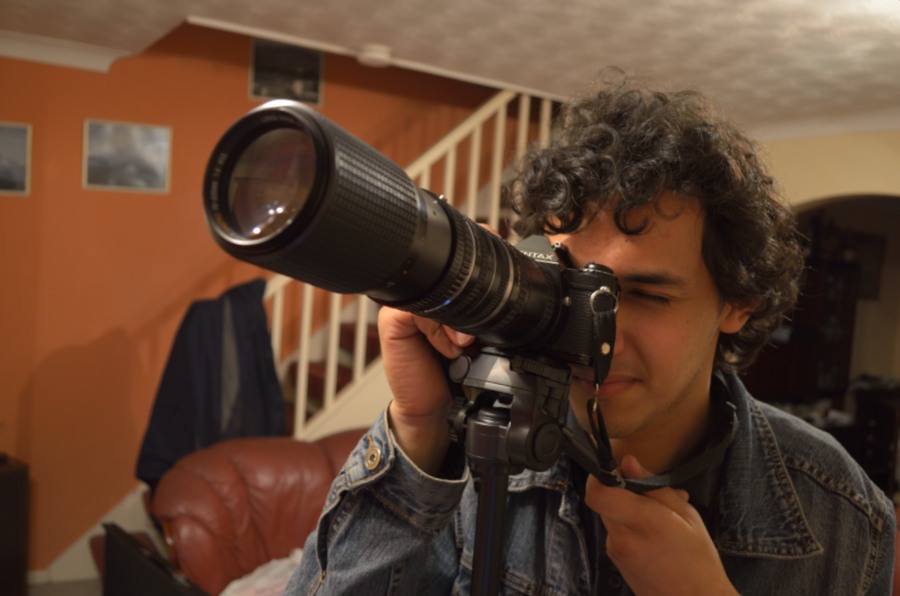We took a Nikon D5100 and Sigma 150-500 f5-6.3 to a designated dark spot in the Cotswolds. I’ve imaged Jupiter with this lens from South Manchester, at 5.1AU distance, so I figured I could get photos at least that good from a dark site, with Jupiter at 5AU distance.
Well here is Jupiter, with some motion blur due to my strong and stable tripod:

Just out of curiosity, I also tried to get some shots of Saturn. Saturn is ~10% smaller than Jupiter, and was also almost twice as far away (9AU distance), so I didn’t expect to get any detail – maybe an oval would be the best result I could manage at 500mm with glass optics?
(Click for viewer)
In the creative and poetic words of Donald Trump: “Wrong!” – Saturn’s rings are visibly distinct from the planet itself, although no moons were resolved in any of the photos I took.
That’s Saturn and rings at 9AU distance, on a D5100 body and with a Sigma 150-500mm lens, processed with RawTherapee.
Nice. Unfortunately 9AU is the closest Saturn gets so I’m unlikely to get a better photo with the budget equipment although I’ll take some with a 1metre f/5 Skywatcher when I get time. Jupiter’s closest approach is 4.5AU (10% closer than so I’ll also try Jupiter again with the telescope when it’s at closest approach – the Skywatcher should be able to resolve the atmospheric bands on Jupiter too.

